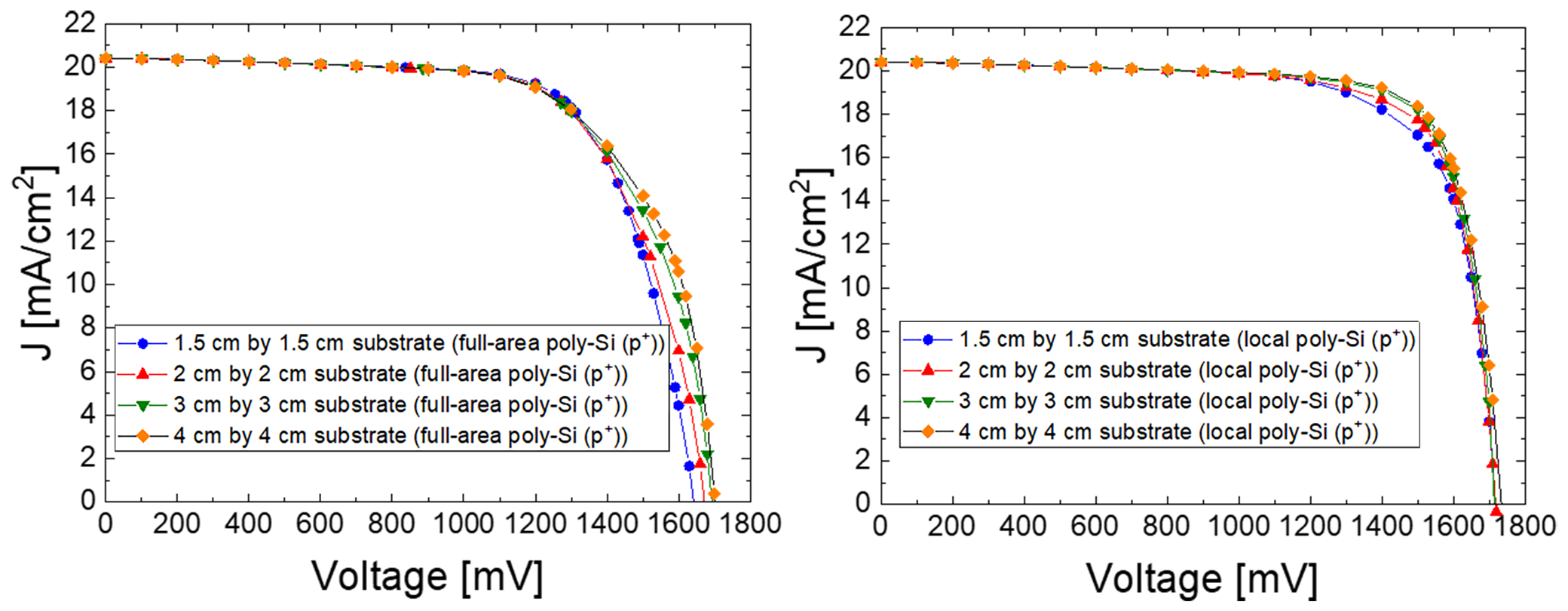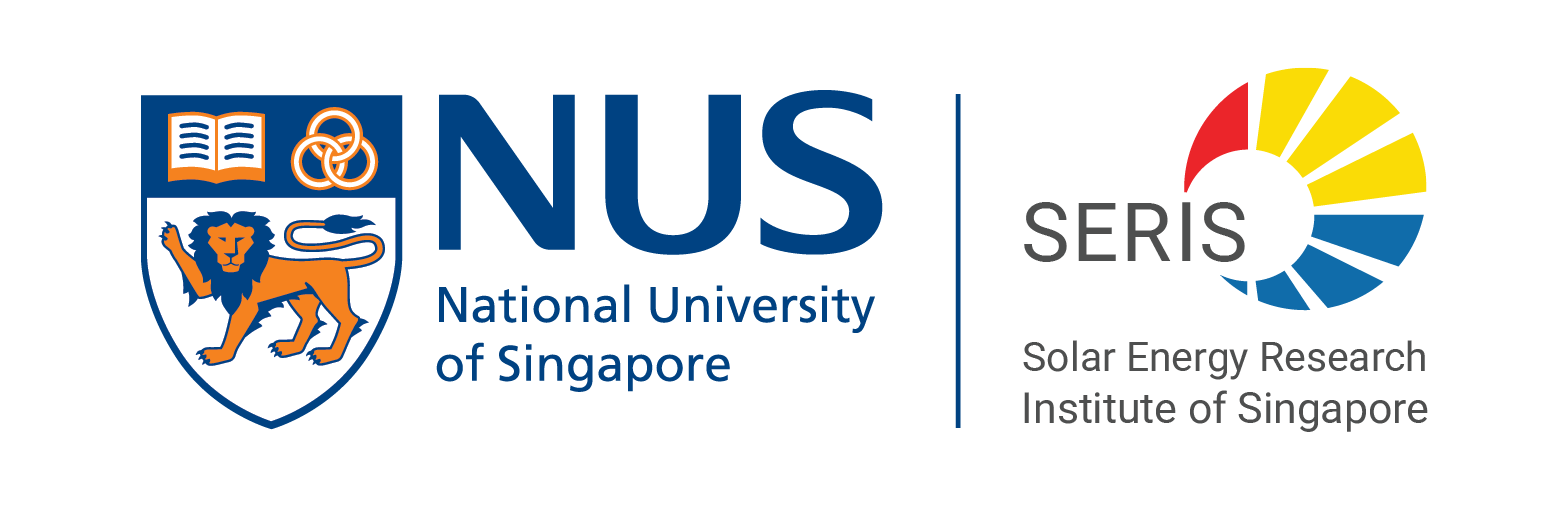SERIS is operating a simulation infrastructure which can assist in solar cell optimisation. Both commercial and SERIS-developed simulation tools are available and can be executed on a powerful computer cluster. We have in-depth knowledge simulating standard n-PERT and contact-passivated silicon solar cells as well as perovskite solar cells and perovskite-silicon tandem cells. Via metrology modelling combined with machine learning (simulation using measurement data, i.e. intensity dependant photoluminescence imaging), it is possible to extract hidden device parameters like bulk/edge/interface/metal recombination rates from contactless PL imaging measurements. We offer a detailed loss analysis for solar cells and PV modules, and predict the annual energy yield of PV modules and systems in different locations and climate zones. Examples of our activities are:
SERIS is operating a simulation infrastructure which can assist in solar cell optimisation. Both commercial and SERIS-developed simulation tools are available and can be executed on a powerful computer cluster. We have in-depth knowledge simulating standard n-PERT and passivated-contact (TOPCon) silicon solar cells as well as perovskite solar cells and perovskite-silicon tandem cells. Via metrology modelling combined with machine learning (simulation using measurement data, i.e. intensity dependent photoluminescence imaging), it is possible to extract hidden device parameters like bulk/edge/interface/metal recombination rates from contactless PL imaging measurements. We offer a detailed loss analysis for solar cells and PV modules, and predict the annual energy yield of PV modules and systems in different locations and climate zones. Examples of our activities are:
- Device simulation n-PERT, contact passivated, perovskite,
- Metrology simulation I-V, EQE/IQE, carrier lifetime, EL/PL imaging
- Energy yield simulation PV modules and systems
- Optical simulations Transfer matrix, ray tracing, path tracing
- Loss analysis Solar cells (silicon, perovskite), PV modules

(Left) Simulated J-V curves of perovskite-TOPCon (biPolyTM) tandem cells with full-area poly-Si (p+) layers assuming different substrate sizes. (Right) Simulated J-V curves of perovskite-biPolyTM tandem cells with local poly-Si (p+) layers assuming different substrate sizes. (Image source: Fig. 5 in Puqun Wang, Tianyuan Liu, Laxmi Nakka, Armin G. Aberle, Fen Lin, Unlocking the full potential of monolithic perovskite/biPoly™ Si tandem devices through in-depth analysis and detailed engineering, Solar Energy Materials and Solar Cells, vol. 262, 2023, 112556, Elsevier).
SERIS has developed the following capabilities/facilities in the area of modelling/simulation.
Device simulation
The SERIS-developed Griddler software is used to model standard n-PERT and passivated-contact TOPCon silicon solar cells (e.g., monoPoly, biPoly, abcPoly) as well as perovskite-Si tandem cells. More details on Griddler can be found in the Services chapter of this Annual Report (see “Characterisation and Testing of PV Materials and Solar Cells”). Organic and perovskite solar cells as well as two-terminal perovskite-silicon and all-perovskite tandem cells are modelled and solved numerically with in-house developed codes.
Metrology simulation
We have developed various programmes for reliable simulations of the PV device characterisation methods in use at SERIS. For example, we can simulate injection dependent carrier lifetime measurements, bias and injection dependent quantum efficiency (EQE/IQE) measurements, as well as injection and bias dependent luminescence images (EL and PL). This enables a self-consistent parameter extraction for PV devices using a raft of characterisation methods.
Energy yield simulation
Our solar cell models can be interlinked with analytical models or circuit models in order to simulate PV modules and PV systems. These calculations focus on predicting module or system characteristics like I-V, EQE and, most importantly, the annual energy yield, considering actual illumination conditions (including shading) and a given location or climatic zone (arid, tropical, high altitude or temperate environment).
Loss analysis
A quantification of the main power loss mechanisms in solar cells and PV modules can be provided in close collaboration with SERIS’ PV Devices Characterisation Group. Furthermore, the efficiency potential of various solar cell technologies can be predicted. More details on these services can be found in the Services chapter of this Annual Report (see “Solar Cell Doctor: Detailed health check for silicon wafer solar cells”).

(Image source: Fig. 6 in Puqun Wang, Tianyuan Liu, Laxmi Nakka, Armin G. Aberle, Fen Lin, Unlocking the full potential of monolithic perovskite/biPoly™ Si tandem devices through in-depth analysis and detailed engineering, Solar Energy Materials and Solar Cells,Vol. 262, 2023, 112556, Elsevier)
For further information, please contact:
Dr CHOI Kwan Bum
Head of SERIS’ PV Devices Characterisation Group
Novel PV Concepts Cluster
Assoc Prof Erik BIRGERSSON
Head, Emerging Solar Technologies Groupp
Novel PV Concepts Cluster
- Overview of Facilities & Labs
- Perovskite Solar Cell Laboratory
- Silicon Solar Cell Laboratory
- Photovoltaic Devices Characterisation Laboratories
- PV Devices Modelling and Simulation
- PV Module Development Laboratory
- SERIS’ ISO/IEC 17025 Laboratory For Module Testing
- Outdoor PV Module And System Testing Facilities In Different Climates
- PV Systems Monitoring Laboratory
- Electronics Laboratory

